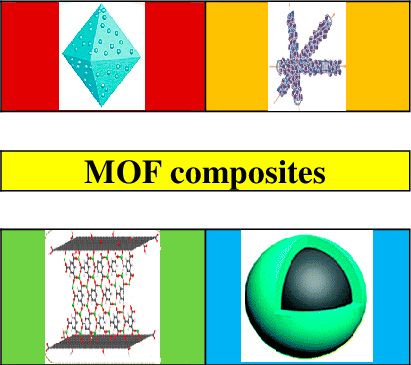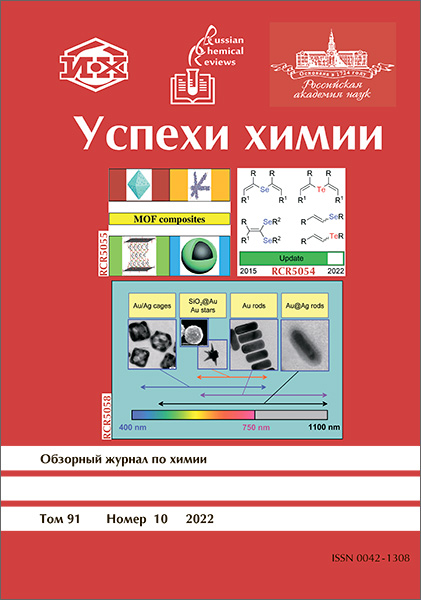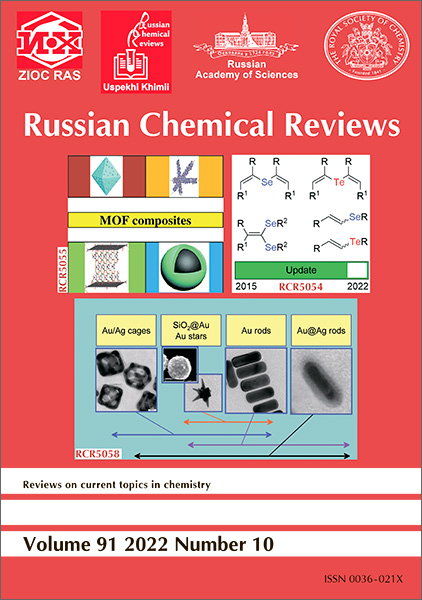|
This article is cited in 2 scientific papers (total in 2 papers)
Advances in the chemistry of composites of metal-organic frameworks
G. I. Dzhardimalievaab, V. A. Zhinzhiloc, I. E. Uflyandc
a Federal Research Center of Problems of Chemical Physics and Medicinal Chemistry RAS, Chernogolovka, Moscow region, Russian Federation
b Moscow Aviation Institute (National Research University), Moscow, Russian Federation
c Southern Federal University, Rostov-on-Don, Russian Federation

Abstract:
The review addresses the current state of research in the synthesis, structure and properties of composites of metal-organic frameworks (MOFs) with functional materials, which are classified into four types depending on their dimensionality: zero-, one-, two- and three-dimensional materials. Due to the wide variety of functional materials, numerous MOF composites with unique properties and characteristics have been obtained. In addition to combining the advantages of MOFs (chemical versatility, structural adaptability and flexibility, high porosity due to hierarchical pore structure) and functional materials of various types (special catalytic, optical, electrical and magnetic properties and mechanical strength), a synergistic effect may appear in the composites. This gives rise to new physicochemical properties or a set of properties. The design of composites based on MOFs represents a new stage in the development of the chemistry of composite materials, in which the surface area, morphology and pore size can be controlled. The interest in these composites is associated with the wide scope of their practical application.
The bibliography includes 480 references.
Keywords:
Metal-organic framework structures, metal nanoparticles, composites, nanoparticles, quantum dots, carbon nanotubes, graphene, graphene oxide, polyoxymetallates, porosity, specific surface area, catalysis, adsorption, sorbents, magnetic materials, tribology, photocatalytic decomposition, organic dyes.
Received: 03.06.2022
Citation:
G. I. Dzhardimalieva, V. A. Zhinzhilo, I. E. Uflyand, “Advances in the chemistry of composites of metal-organic frameworks”, Usp. Khim., 91:10 (2022), RCR5055; Russian Chem. Reviews, 91:10 (2022), RCR5055
Linking options:
https://www.mathnet.ru/eng/rcr4403https://doi.org/10.57634/RCR5055
|


| Statistics & downloads: |
| Abstract page: | 38 |
|



 Contact us:
Contact us: Terms of Use
Terms of Use
 Registration to the website
Registration to the website Logotypes
Logotypes